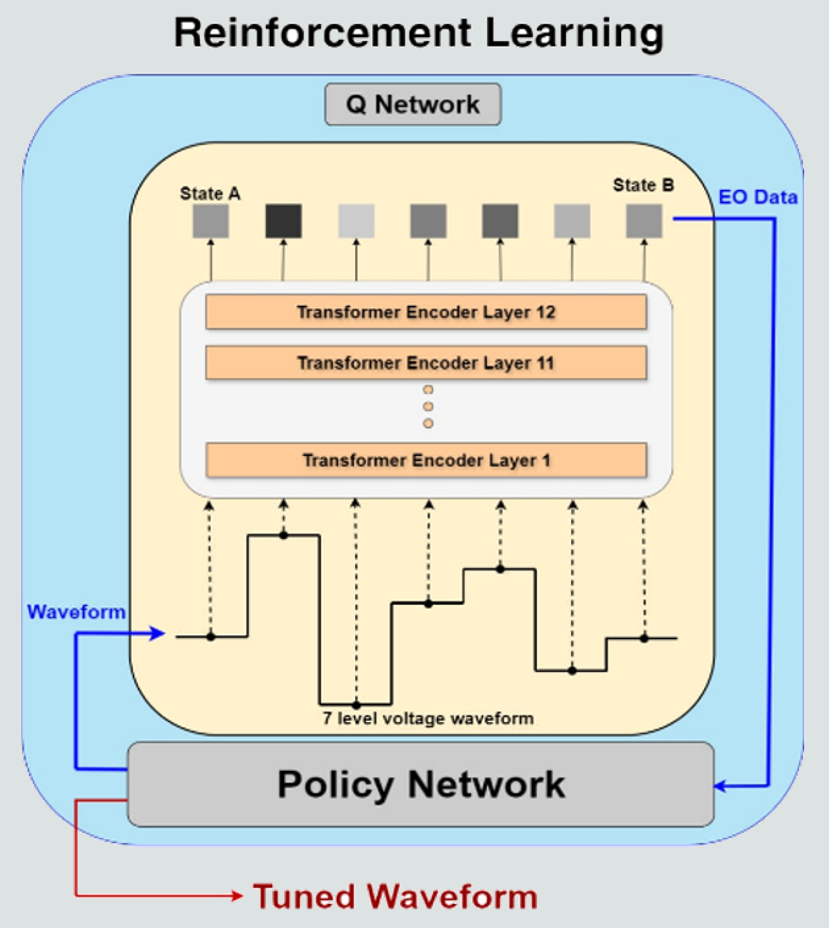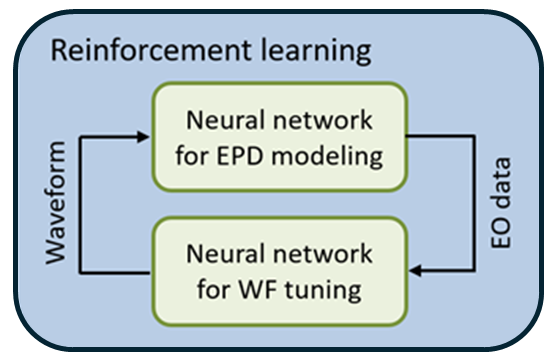| I. Research objectives Electronic Paper Displays (EPD) are a display technology that mimics the visual appearance of printed paper. Their bistable nature results in very low power consumption. Unlike Organic Light Emitting Diodes (OLED), which rely on light emission to achieve display functionality, electronic paper relies on reflecting ambient light to the human eye. This makes it more comfortable to read and ensures clear visibility even under direct sunlight, with extremely wide viewing angles. However, current electronic paper technology also has significant drawbacks. To avoid the occurrence of ghost images, electronic paper requires a reset period when performing grayscale transitions, causing screen flickering and resulting in a lower refresh rate. Additionally, variations between different production batches necessitate manual fine-tuning of the driving waveform, which is time-consuming and costly. To address these issues, our laboratory plans to establish a deep learning AI model to replace manual waveform adjustments. By utilizing a reinforcement learning framework, we aim to reduce the number of waveform steps, thereby increasing the display's refresh rate and improving the visual experience of electronic paper. |
||
(a) |
(b) |
|
|
||
Figure 1. (a) Color Electronic Paper Displays. (b) Color Electronic Paper for Product Labels. (c) Grayscale transition driving waveforms of traditional electronic paper. |
||
| II. Research content When the electronic paper performs a grayscale transition, the traditional driving waveforms reset the screen to all black and all white during the activation phase. This process activates the particles to stabilize the final grayscale. However, the longer activation phase not only reduces the screen refresh rate but also causes screen flickering, significantly affecting the visual experience of the electronic paper. To improve the refresh rate of electronic paper displays, our laboratory plans to use a reinforcement learning framework to generate driving waveforms with reduced steps. First, we will use a measurement platform to establish a correspondence between waveforms and grayscale changes, which will serve as the training set for the model. The reinforcement learning framework includes a Q network (Transformer model) to evaluate the grayscale produced by the waveform and a Policy network to determine the electric field intensity to be input at the next moment. |
||
|
|
|
|
(a) (b) |
||
Figure 2. (a) Reinforcement Learning AI Model. (b) Simple Functional Block Diagram. |
||
|
During the manufacturing process of electronic paper displays, there are slight variations that may arise from material characteristics, manufacturing equipment, environmental conditions, etc. These differences can lead to slight variations in the response of the electronic ink particles to the driving voltage, thereby affecting the display performance. In order to reduce the time and cost associated with manual waveform adjustments, our laboratory will also develop a universal model capable of adjusting to batch differences. Additionally, we will optimize the process of measuring the characteristics of different batches to shorten the time required to establish waveform Look-Up Tables (LUTs). |
||
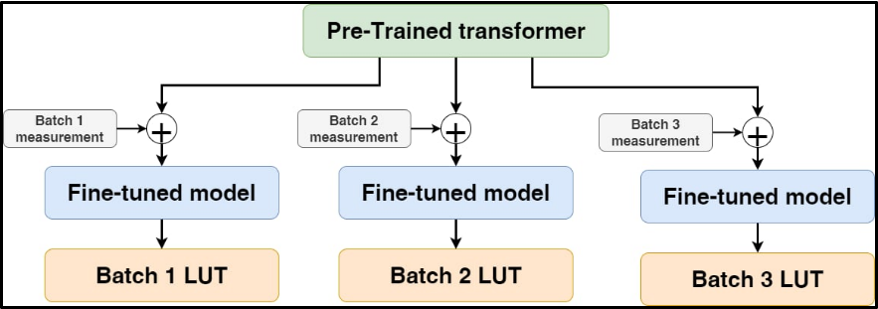
|
||
Figure 3. Adjust model parameters for different batches to optimize waveform Look-Up Tables (LUTs). |
||
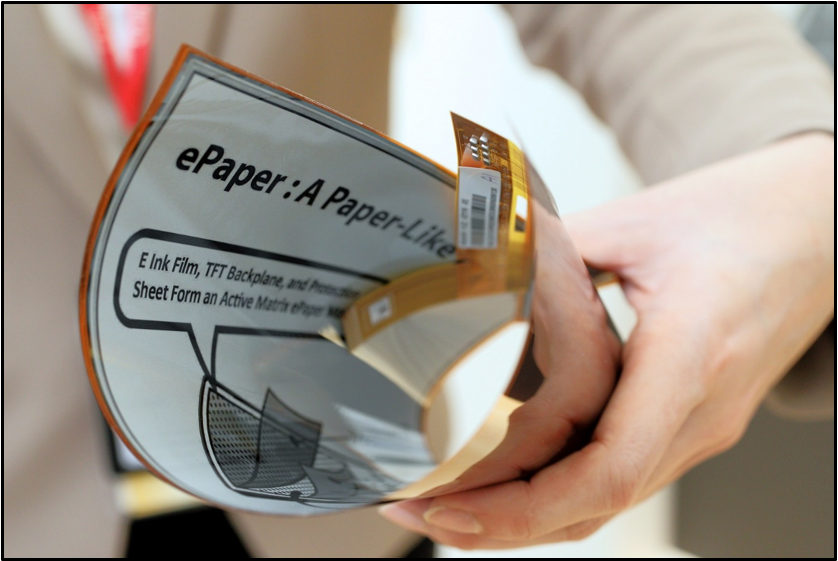
|
||
Figure 4. The flexibility on EPD |
||

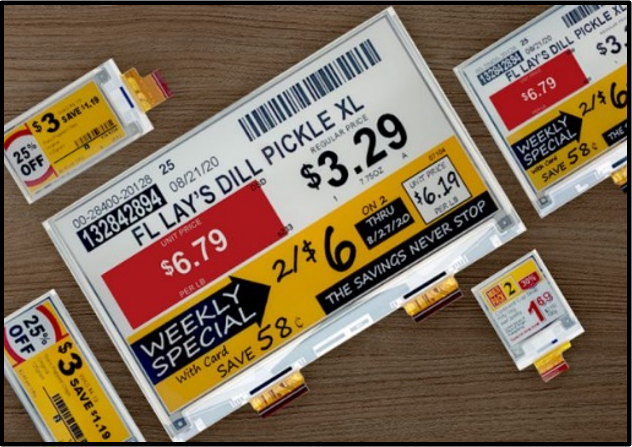
 (c)
(c)